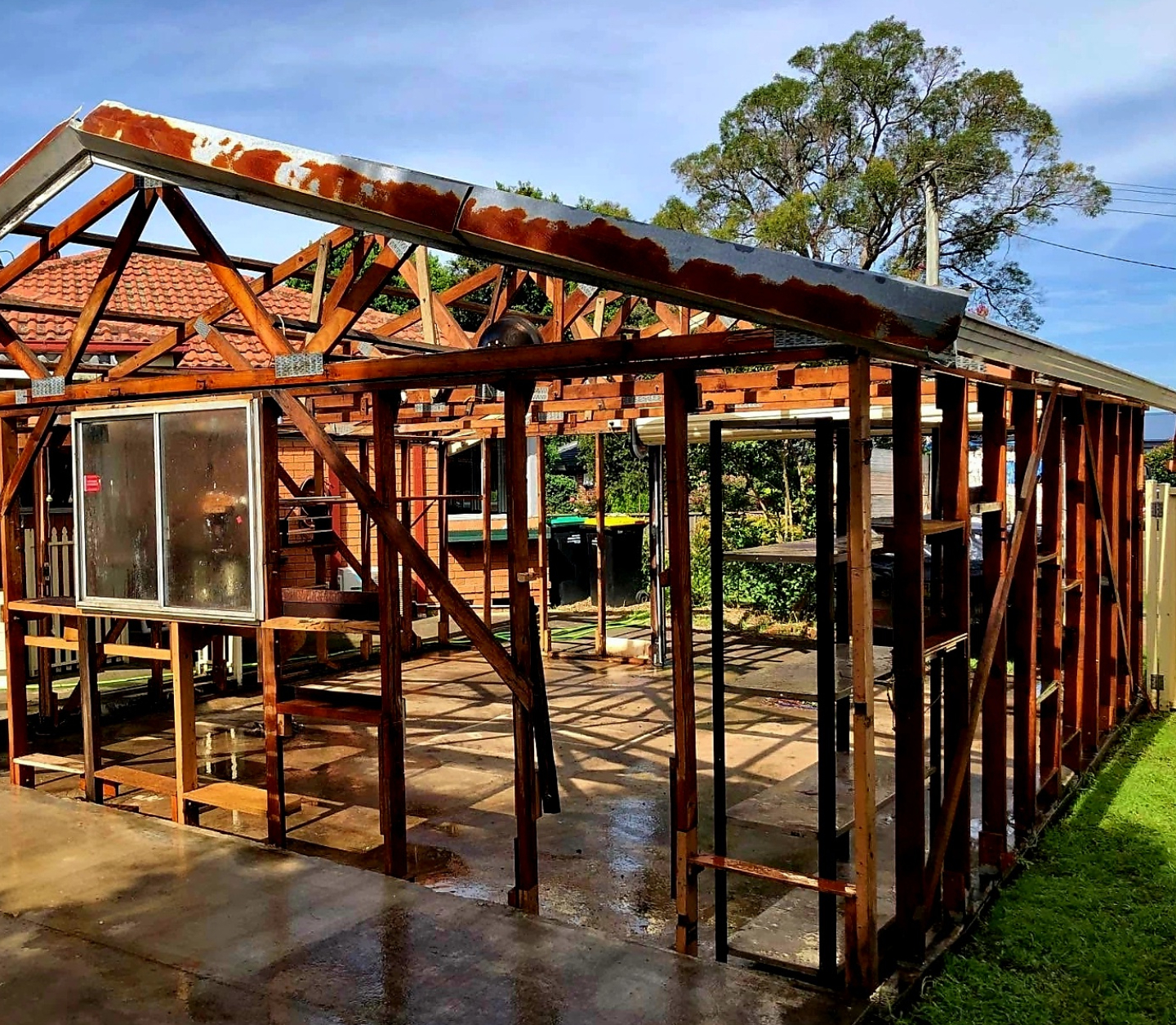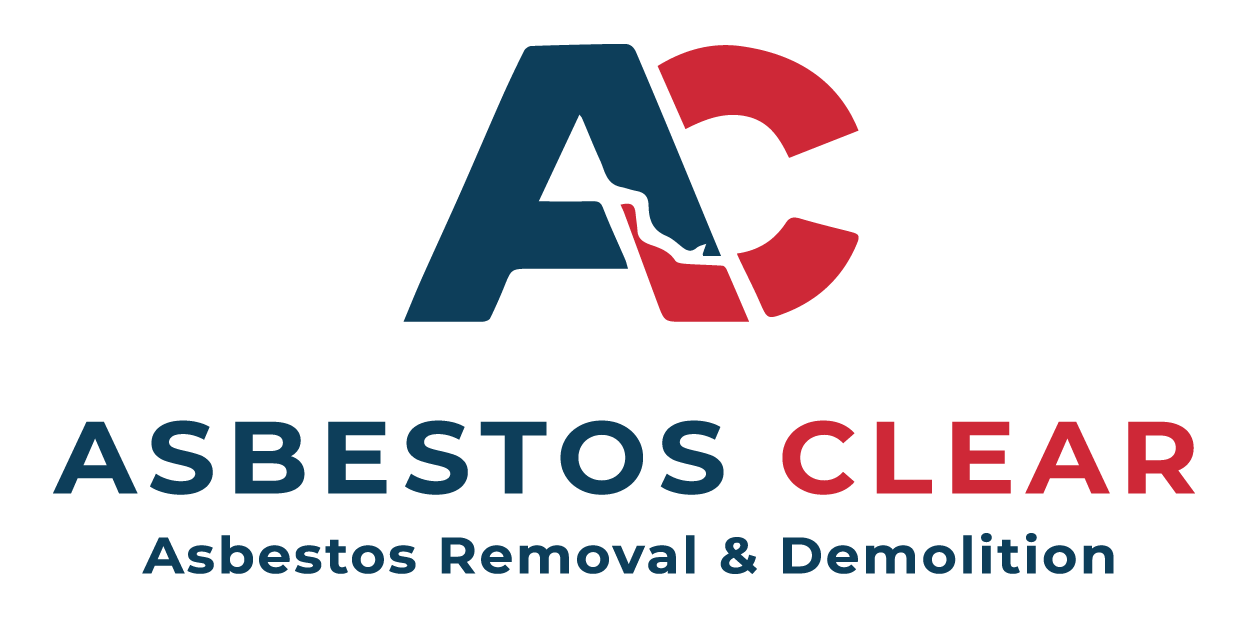An internal and external strip out involves removing non-structural, non-load-bearing elements from the inside and outside of a building, creating a blank canvas for refurbishment, renovation, or complete redevelopment. Internally, this includes fixtures, fittings, partitions, and finishes, while externally it can involve signage, facades, or other non-structural additions. The process focuses on preserving the building’s core structure to allow for a “blank slate” for future construction or fit-out.
- Phone: 04 5556 5164
- Email us: info@asbestosclear.com.au
- Working Hours: 6:30 am to 5:00 pm
Internal & external strip out
Internal & external strip out

Internal Strip Out
- Purpose: To clear out internal components without affecting the building’s core structure, preparing it for a new fit-out or renovation.
- What’s Removed:
- Fixtures and fittings (e.g., lighting, plumbing, air conditioning systems)
- Internal walls, partition walls, and wall linings
- Flooring and ceiling linings
- Kitchens, bathrooms, and other built-in elements
- Joinery and non-structural components
When It’s Done: Often at the beginning or end of a lease for commercial spaces, or before internal renovations.
External Strip Out
- Purpose: To remove exterior elements that are not part of the building’s structural integrity, preparing for external renovation or redevelopment.
- What’s Removed:
- Signage
- Facades or cladding (depending on structural implications)
- External fixtures and non-structural additions
- When It’s Done: Required before major exterior renovation work or when preparing for redevelopment.
Key Aspects
- Soft Strip: A strip-out is a type of “soft strip,” meaning it is a light demolition process that removes non-structural elements.
- Goal: To return the building to its core structural elements, creating a blank canvas for future work.
Benefits: It is a crucial initial phase in refurbishment or redevelopment, allowing for the space to be efficiently reused without demolishing the entire structure.
